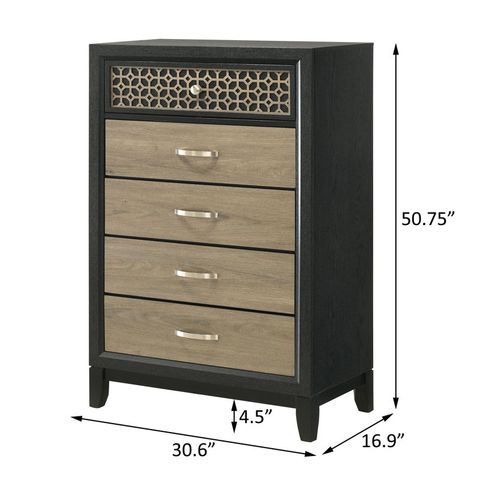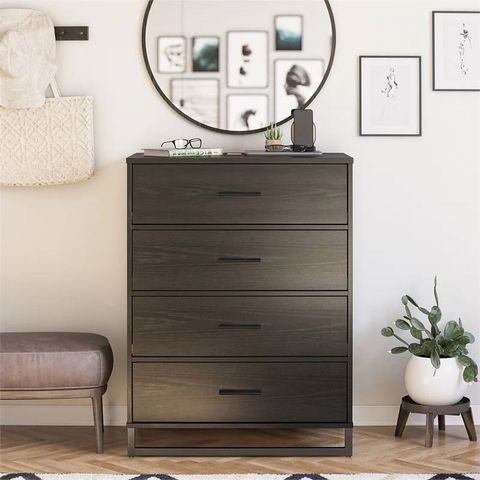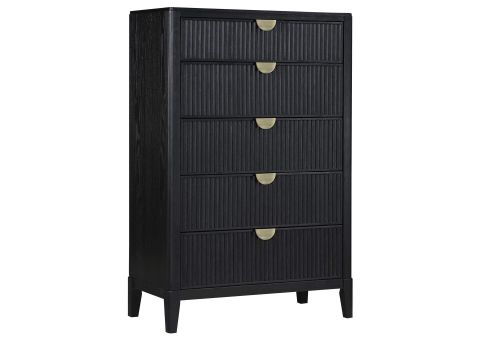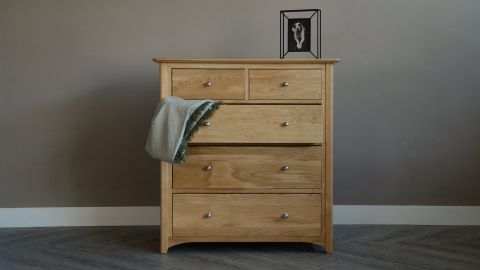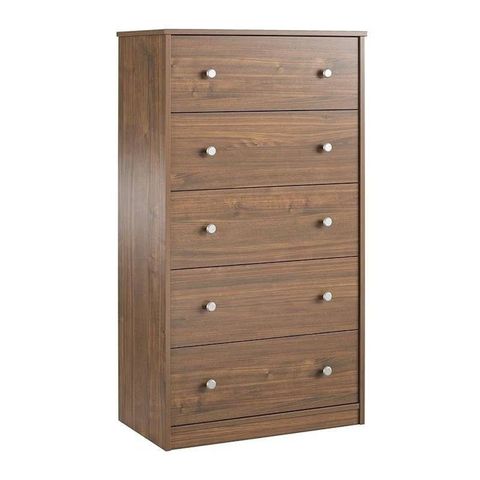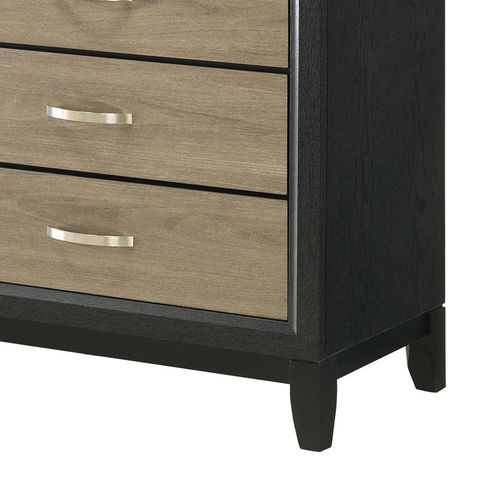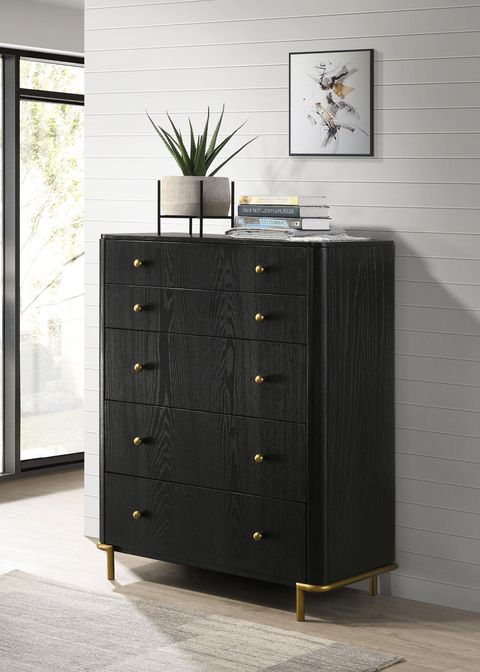In a world overflowing with choices, minimalist design has emerged as a powerful force shaping how we think about furniture. It’s not just about having fewer things anymore—it’s about choosing thoughtfully, intentionally, and with purpose. The influence of minimalist design on modern furniture selection runs deeper than simple aesthetics. It touches our daily lives, our mental well-being, and even how we interact with our spaces.
Picture this: You walk into a room and immediately feel calm. Everything has a place, nothing feels cluttered, and every item serves a purpose. That’s the magic of minimalist design. But how exactly has this philosophy transformed the way we pick furniture today? It’s not just about the visual appeal of clean lines and neutral tones. This movement has fundamentally shifted our approach to what we bring into our homes—and why we choose it. From the materials used to the functions we prioritize, minimalist thinking now guides many decisions that might seem mundane at first glance. Let’s dive into how this design ethos is influencing furniture selection in ways that go far beyond appearances.
The Core Principles of Minimalist Design
Minimalism isn’t just about removing items from your life. It’s a philosophy built on intentionality, simplicity, and functionality. At its heart, minimalism asks us to ask: What does this thing actually do? Does it add value to my life? If not, why keep it?
When it comes to furniture, this means choosing pieces that serve multiple purposes or have strong reasons for being there. For instance, a coffee table that doubles as storage, or a dining chair that looks good both in the dining room and the living area. These aren’t just clever hacks—they’re reflections of minimalist thinking.
Key elements include:
• Clean lines that don’t compete for attention
• Neutral color palettes that blend easily
• Functional designs that do more than just look nice
• Quality over quantity when selecting pieces
These principles are now guiding furniture makers and consumers alike toward choices that prioritize substance over style alone.
The Psychology Behind Minimalist Furniture
Why do we gravitate toward minimalist furniture? It’s not just about looking good—it’s about feeling good too. Research shows that clutter can increase stress levels and decrease focus. When we surround ourselves with fewer, carefully chosen items, we create environments that promote mental clarity and peace.
Think about the last time you walked into a room and felt overwhelmed. Was it because there were too many items, or because they didn’t belong together? Minimalist furniture helps avoid that confusion. It creates visual harmony, which in turn helps our minds process information more easily.
This psychological benefit is why so many people report feeling more relaxed in minimalist spaces. They’re not just decorating differently—they’re creating spaces that support their emotional well-being. And that’s a powerful reason why furniture selection is changing.
Material Choices in Minimalist Furniture
Minimalist design doesn’t just focus on form—it also emphasizes the importance of materials. In a minimalist space, every material needs to contribute to the overall effect. That means choosing woods, metals, and fabrics that are honest in their appearance.
Natural materials like oak, bamboo, or linen often win out because they age gracefully and don’t scream for attention. They let the shape and function of the piece take center stage.
Consider a simple wooden dining table. In a minimalist setting, it’s not about fancy carvings or elaborate finishes. It’s about the grain of the wood, the strength of the joints, and how it feels under your hands. These are qualities that matter more than surface decoration.
Some popular minimalist materials include:
• Natural wood types (oak, maple, ash)
• Steel and aluminum for structural pieces
• Cotton or linen textiles
• Stone and concrete for accents
Each of these materials brings authenticity and timelessness to furniture selections.
Function Over Form: The New Furniture Priority
One of the most significant shifts brought by minimalist design is the redefinition of what makes furniture valuable. Gone are the days when we bought something simply because it looked pretty. Today, people want furniture that actually works well.
This means pieces that are comfortable, durable, and versatile. A sofa that’s designed for both daily use and entertaining guests, or a desk that can accommodate a laptop and a stack of books without looking overwhelmed.
The concept of multifunctional furniture has gained massive popularity. Think of a storage ottoman that doubles as seating, or a dining table that can expand when needed. These aren’t just smart solutions—they’re the embodiment of minimalist thinking.
What’s happening is that furniture designers are being asked to do more with less. Instead of adding decorative elements, they’re focusing on how each piece can enhance the user’s experience. This shift has made furniture selection more thoughtful and intentional.
Color Palettes That Speak to Simplicity
If you’ve ever seen a minimalist home, you’ll notice something distinctive: the colors are usually soft, neutral, and understated. This isn’t accidental. Color plays a crucial role in creating that sense of calm and order that minimalist design promotes.
Common minimalist color schemes include:
• White and off-white tones
• Beige and cream variations
• Soft grays and charcoal
• Earth tones like sage green or terracotta
These colors don’t fight for attention. They allow other elements in the room to shine while keeping the overall aesthetic balanced. They also tend to make spaces feel larger and more open, which is another perk of minimalist design.
It’s important to note that neutral doesn’t mean boring. When done right, these color palettes create a sophisticated backdrop that allows personal touches to stand out. Maybe you add a single vibrant accent chair or some colorful artwork. That pop of color becomes more impactful when surrounded by simplicity.
This approach to color has influenced everything from paint manufacturers to textile companies, showing just how deeply minimalist thinking has permeated the industry.
Real-World Examples of Minimalist Furniture in Action
Let’s take a closer look at how minimalist principles translate into actual furniture choices. Take the famous Eames Lounge Chair, for example. It’s a perfect representation of minimalist design—simple lines, high-quality materials, and a clear purpose. It doesn’t try to be anything other than a comfortable chair that looks great in any room.
Another example is the Scandinavian design movement, which has become synonymous with minimalism. Brands like IKEA and Muuto have made it possible for everyone to own minimalist furniture without breaking the bank. Their designs emphasize function, quality, and clean aesthetics.
Even in luxury markets, we see this trend. High-end furniture brands like Hermès and Vitra are creating pieces that embody the minimalist ethos. They focus on craftsmanship, timeless design, and the idea that less really can be more.
These examples show that minimalist furniture isn’t just for small apartments or budget-conscious buyers. It’s a design philosophy that spans all price ranges and styles, proving that the principles of minimalism are universal and enduring.
Minimalist design has fundamentally changed how we approach furniture selection, moving away from the idea that more equals better. It’s taught us to value quality over quantity, function over form, and intentionality over impulse. Whether you’re buying your first minimalist piece or trying to declutter your entire home, understanding these principles can help you make choices that truly serve your lifestyle.
The beauty of minimalist furniture lies not just in its appearance, but in its ability to create spaces that feel calm, functional, and alive. As we continue to navigate an increasingly complex world, the simplicity and clarity that minimalist design offers may be exactly what we need to find balance in our homes and lives. So next time you’re shopping for furniture, consider asking yourself: Does this piece align with my values? Does it add genuine value to my space? These questions might just lead you to a more satisfying and intentional choice.

